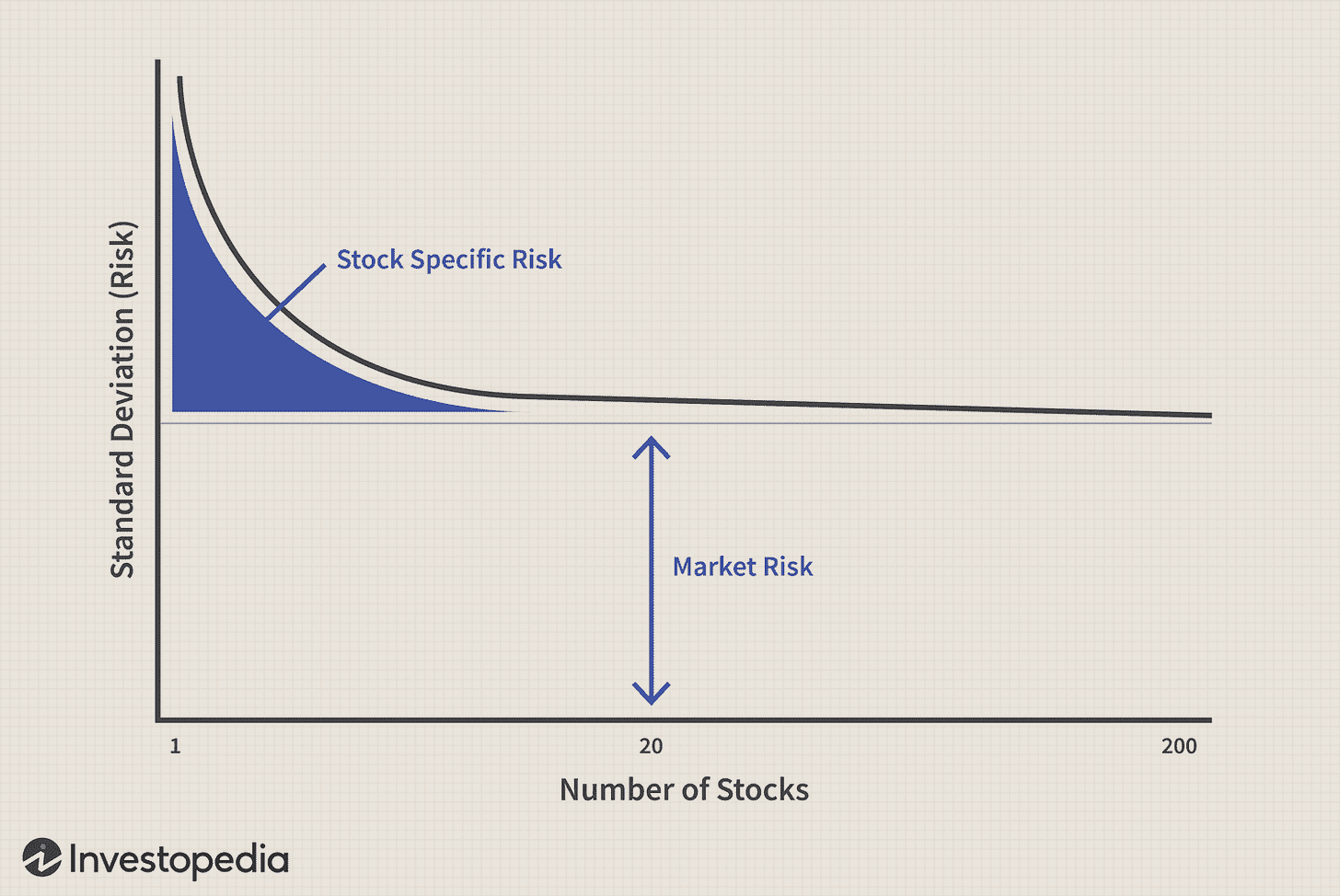From 50 to Fewer: A Strategic Portfolio Realignment
Reducing Complexity, Increasing Focus: The Next Chapter in My Investing Journey
For the past 2+ years, I have been documenting my personal wealth-building journey. While I have enjoyed writing about wealth-building philosophy and hopefully motivating readers to stay disciplined in corpus building, I have also shared my own "Coffee Can Portfolio" (CCP), detailing its companies and performance.
This post documents the first major pivot in the Coffee Can Portfolio. My approach has always been to acquire and retain a well-diversified collection of global stocks that can withstand the test of time and generate returns at or above a Global Tracker ETF.
The Original Portfolio Structure
I started with 50 stocks, spread across various geographies:
18 in the US
3 in India, including an ETF (IIND)
A collection of other international stocks and a Gold ETF (GLD)
The portfolio has experienced both highs and lows, but for the past 3 years, there had been zero churn. That changed at the start of this year.
Key Portfolio Changes
I have now made significant adjustments:
Exited all US holdings except one
Sold all individual Indian stocks and rotated that allocation into IIND
Exited UCB, a European holding
Below, I explain the rationale behind these decisions.
Why the Pivot?
1. Managing 50 Stocks Was Impractical
Owning and operating a portfolio of 50 stocks proved challenging—I couldn’t give adequate attention to all of them. Some were included purely for diversification, but diversification should serve a clear purpose: protecting against the risk of permanent capital erosion.
The extent of diversification should also align with expected returns. For instance, if a stock is expected to return 50%, holding just three stocks offers reasonable protection against one failing. At a 10% return expectation, you may need around 11 stocks to achieve the same level of safety. My experience has shown that while I successfully picked winners, I was also carrying too many underperformers that dragged down overall returns.
2. Trimming My US Holdings to a Single Stock
I have been concerned about US market valuations for some time. While the US companies I exited are strong, well-run businesses with durable moats, overpaying—even for great companies—carries significant capital erosion risk. Additionally, I lacked any special edge or conviction in holding them. As a result, I have exited all US holdings except Berkshire Hathaway, rolling all proceeds into it.
![OC] Berkshire Hathaway Portfolio Visualized (Warren Buffet) : r/dataisbeautiful OC] Berkshire Hathaway Portfolio Visualized (Warren Buffet) : r/dataisbeautiful](https://substackcdn.com/image/fetch/$s_!Qydj!,w_1456,c_limit,f_auto,q_auto:good,fl_progressive:steep/https%3A%2F%2Fsubstack-post-media.s3.amazonaws.com%2Fpublic%2Fimages%2F1bd25094-ed75-4dfe-ad53-1f0962ac5508_4197x2366.png)
I understand Berkshire Hathaway well and believe it remains well-positioned to outperform, even after Warren Buffett’s successors take over. Though there is always some risk, I am comfortable with its valuation and long-term potential. Berkshire provides exposure to a well-diversified set of wholly owned US businesses while also offering upside from future capital allocation decisions. I firmly believe they will make sound choices in the coming years.
This move has significantly increased Berkshire’s concentration in my portfolio (>25%) —something I now view as a positive. In hindsight, I only regret not making this shift sooner.
3. Consolidating Indian Holdings into IIND ETF
I also decided to roll two individual Indian stocks (RIGD.L and SBID.L) into the IIND ETF. This was largely a technical change. Indian companies rarely seek foreign market listings, and regulatory complexities make access challenging for non-resident investors. Rather than forcing ownership of a limited set of options, I am happy to gain exposure to India’s growth story entirely through the ETF. I will continue to build on the ETF position.
4. Exiting UCB
UCB's significant stock appreciation, rising from over €68 to over €190 within about a year, was largely driven by positive developments in its pharmaceutical pipeline. A key factor was the announcement of positive topline results from the Phase 3 PHOENYCS GO study of dapirolizumab pegol, a novel treatment for moderate-to-severe systemic lupus erythematosus (SLE), conducted in collaboration with Biogen.
Additionally, UCB reported an 11% increase in sales during the first half of 2024, driven by double-digit growth in its epilepsy and osteoporosis treatments, as well as successful launches of new products.
These developments contributed to the substantial rise in UCB's stock price during that period.
Future Considerations
Outside of these changes, I have concerns about the forward returns of lots of stocks including ASX:CGF, ASX:DMP, ASX:IRE, BME:ENG, BME:RED, NYSE:AMCR, SWX:NESN, SWX:NOVN and SWX:ROG. However, any further adjustments will be made with careful consideration and are unlikely to happen in the short term.
The total return, on CAGR IRR basis, on all exits was a handsome 14.52% (with an alpha of 0.67%), while the remaining CCP continues to hobble along at CAGR IRR of 9.90%, well behind the benchmark, but still beating inflation handsomely. Naturally, I am optimistic about the future performance of my revised holdings.
The Evolving Coffee Can Portfolio
What remains is an eclectic mix of international positions, largely uncorrelated to global indices. This non-correlation was somewhat intentional—I aimed for a lower-volatility portfolio that could still perform well. While this has resulted in underperformance compared to the soaring global index, the portfolio has, in many ways, done its job.
Looking ahead, I plan to gradually trim my holdings further, focusing on a smaller number of high-conviction positions without worrying too much about correlation.
Here is the updated Coffee Can Portfolio with weightings and allocations.
While most of this post has been about the changes and the reasoning behind them, I must acknowledge that I have consciously broken two previously stated principles:
The contradictions are self-evident. The more important question is whether I was right in the past or I am right in the present. I sincerely hope it is the latter.
Happy Investing!
Disclaimer: I am not your financial advisor and bear no fiduciary responsibility. This post is only for educational and entertainment purposes. Do your own due diligence before investing in any securities.


